Setting up for the night, or making an emergency camp in the wilderness?
Here are some things to think about before you camp anywhere.
by Leon Pantenburg
The storm clouds were moving toward us, and bad weather was going to hit in a few minutes. My brother, Mike Pantenburg, and I were far back in the Idaho backcountry on an elk hunt. We had just come out of a dark, shaded drainage, and needed to find shelter quickly. We scouted the area, and set up an A-frame tarp shelter.
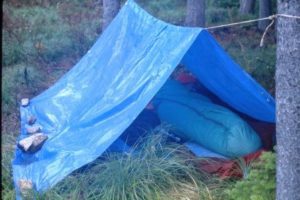
This hasty shelter kept us warm and dry for 15 hours while it rained.
It rained for the next 15 hours, but we were dry and comfortable under the tarp. Part of the reason was that we found a good, safe place to set up. (Check out 10 tips for comfortable camping in the rain!)
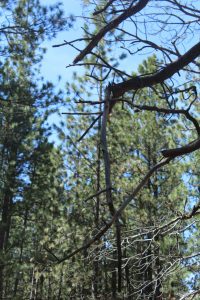
Look up before setting up camp – dead branches overhead could become deadly.
In addition to the skill to set up a quick camp, you also need a safe place.
Here are twelve things to look for when setting up a campsite. They are in no particular order, since the environment, topography, ground and shrub vegetation and types of trees will play into your decisions.
Wind: Get out of the wind if at all possible. A cold wind will suck the heat out of your body, and may drive rain and snow into your shelter. Look around – find the wet side of a tree, and use that as a guide to show which way the wind blows in that area. Look at vegetation – in some places, it will move with the wind less, or not at all. That area is more out of the wind.
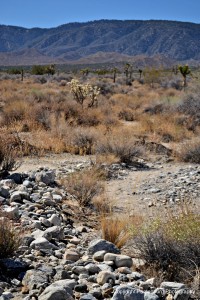
The water-rolled desert rocks show this is a flash flood area.
In the desert, look for large boulders, rock formations or terrain features that break the wind, and set up your shelter in the lee side. Remember, a hot wind can also be dangerous because it will hasten dehydration and might carry sand that will burn and chap your skin.
Water drainage: Where will storm waters flow? Is there a danger of flash floods?
Look around for rocks that look rolled, as if by a stream. In desert areas, this indicates a flash flood area. Make sure you don’t choose an area that has a dip or depression that might cause water to pool there. The best site will be away from any known water courses, and slightly DIPPED to allow the water to flow away.
Water access is another important thing to look for. Water is heavy to carry and you will need a lot of it for drinking, cooking and washing. The closer it is, the easier it will be to carry back to camp.
Widow makers: In forests, first order of business is to look up. Are there dead branches or snags that might fall in heavy wind? That’s a widow (or widower) maker.
Widow makers may also be rocks. If you are camped in desert or mountain areas, there might be rocks just waiting to come crashing downhill. Make sure nothing will fall on you if the weather gets nasty.
Snow: In deep snow, terrain is critical. Avalanche areas are typically devoid of trees and other vegetation, and many have what looks to be smooth snow. Don’t camp on or near these areas.
Watch out for snow-laden branches on trees. When it warms up some, the snow will fall. You could get hit with a lot of snow that puts out fires and collapses tents and shelters. The snow could cause injuries.
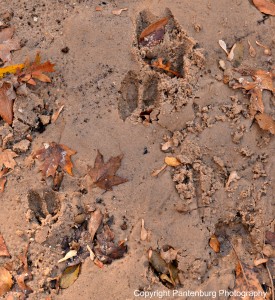
Look for animal tracks and poop to tell if your proposed campsite might be on a game trail.
Game trails: That clear area might be in the middle of a game trail, and you don’t want to camp where a animal might travel at night. A cow path might be the travel route of an aggressive bull. Know what animals are in the area, and look around for poop and tracks. If you find a lot of these, move on.
Where: The warmest place to camp on a mountain is somewhere about halfway between top and bottom. Cold settles in the lower elevations, and higher up may be more windy. Make sure your campsite is not in a cold sink, or you’ll never stay warm.
Drip line of trees: Once you’ve decided nothing is going to fall on your shelter, consider where the drip lines of the trees will fall. This is the point where moisture from rain or snow will come off a tree.
When rain is the consideration, I like to place a tarp shelter about one to two feet, depending on the circumstances, under the drip line. This means the drip line will hit the top of the tarp. It is bad if the drip line is in front of the tarp – that means the rains will splash into your shelter.
Sun and shade: At noon the sun is directly overhead. Where will it be in the late afternoon? If you need protection from the sun, as in the hot desert areas, shade may be a priority. Make sure your tarp or shelter can create optimal shade.
Visibility for rescue: We’ll assume people will be looking for you and that you want to be found. If your camp is under a canopy of trees, that reduces the chances of being spotted from the air. Also, you will want to arrange signals for aircraft immediately, and having to clear brush and trees first will use up a lot of energy.
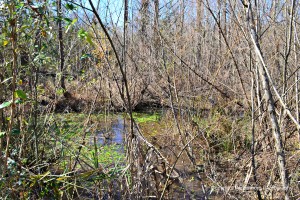
This is a mosquito breeding ground. Camping near it guarantees swarms of biting insects will find you.
Marshy area: Is the proposed campsite near a swamp or standing water? These are breeding grounds for mosquitoes, and homes for snakes and other reptiles. Stay away from marshy areas unless there is no other choice.
Lightning: If you’re in the mountains, don’t discount the possibility of a strike. If a storm is blowing in, it may be accompanied by lightning. Don’t set up a shelter under a tall, isolated tree, and consider where might be a safe place. This could mean hunkering down among boulders or retreating downhill to a lower elevation.
If you’re staying in an established campsite, you probably won’t have much choice about where you camp. Let’s hope the campsite was laid out with safety in mind.
But if you’re on your own in the wilderness, look around before you set up any camp.
Please click here to check out and subscribe to the SurvivalCommonSense.com YouTube channel – thanks!

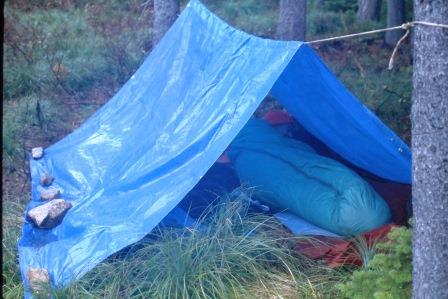

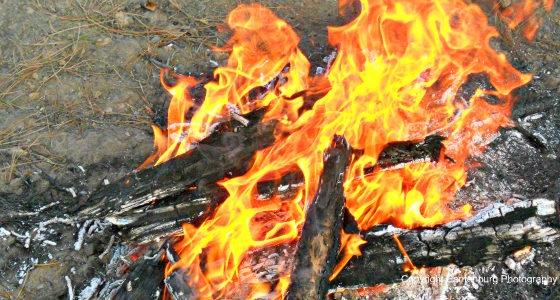

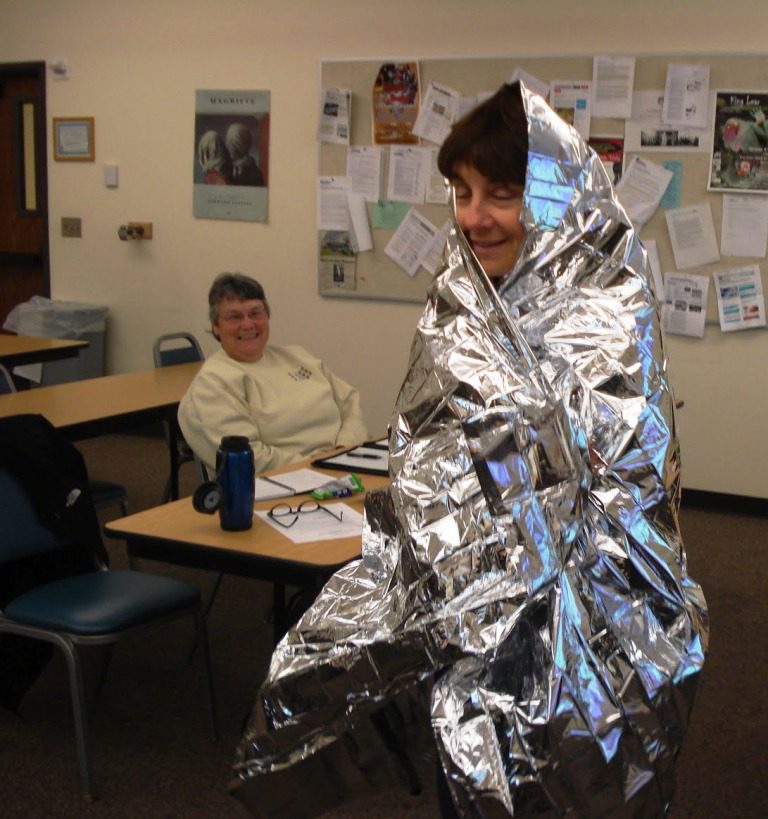
Leave a Reply